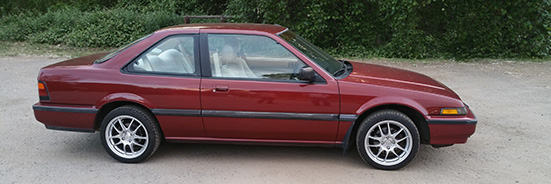Hi Dr_Snooz, thanks for the link. I know it's not weber, but I've been looking for a good read to confirm a few things on my mind.
Cygnus, I went ahead and checked my float today, but I've got bad news... So according to some racetep images, as well as a lot of agreed up on numbers, the brass floats should have 41mm from the metal gasket flange to the "top"of the floats, when they are resting against the ball in the bottom of the float needle, without actually compressing it. The plastic-float setup should have 35mm. Both should open up to 51mm full travel when open all the way. The needle valve itself should only travel 2mm when going from closed to fully open.
If I take this accepted literature, then I'm screwed. With my plastic floats completely compressed against the needle valve, and unable to go down any further without forcing them, I'm at 35mm. If I measure it from the point where the tab contacts the ball without pushing it in, I'm at 41mm (must've been a friday assembly

). The full travel of the float is 47mm, but the needle valve itself only opens 2mm, so I'm cool with that.
When I look at the fuel level after the car's been sitting on level ground in the garage, it's about 3-5mm under the start of the ramp in the far wall of the bowl, and the fuel is maybe a hair over the little pin sitting in the giant-ish valve/pump thing in the center of the bowl.
Basically, I don't think I could possibly lean this out anymore than it already is, at least by modifying the fuel level.
Out of curiousity, will this cause me driveability problems with such a low fuel level? I've read that the jeep guys usually lower the fuel level in the float when off-roading to prevent leaning the car out if the bowl get's tilted severly/fuel bouncing around on the rough road... but then when I looked at the racetep site, I was reading that a low fuel level will cause fuel starvation in cornering (dunno if this only applied to severe track-like cornering?).




 Reply With Quote
Reply With Quote





 ). The full travel of the float is 47mm, but the needle valve itself only opens 2mm, so I'm cool with that.
). The full travel of the float is 47mm, but the needle valve itself only opens 2mm, so I'm cool with that.






Bookmarks